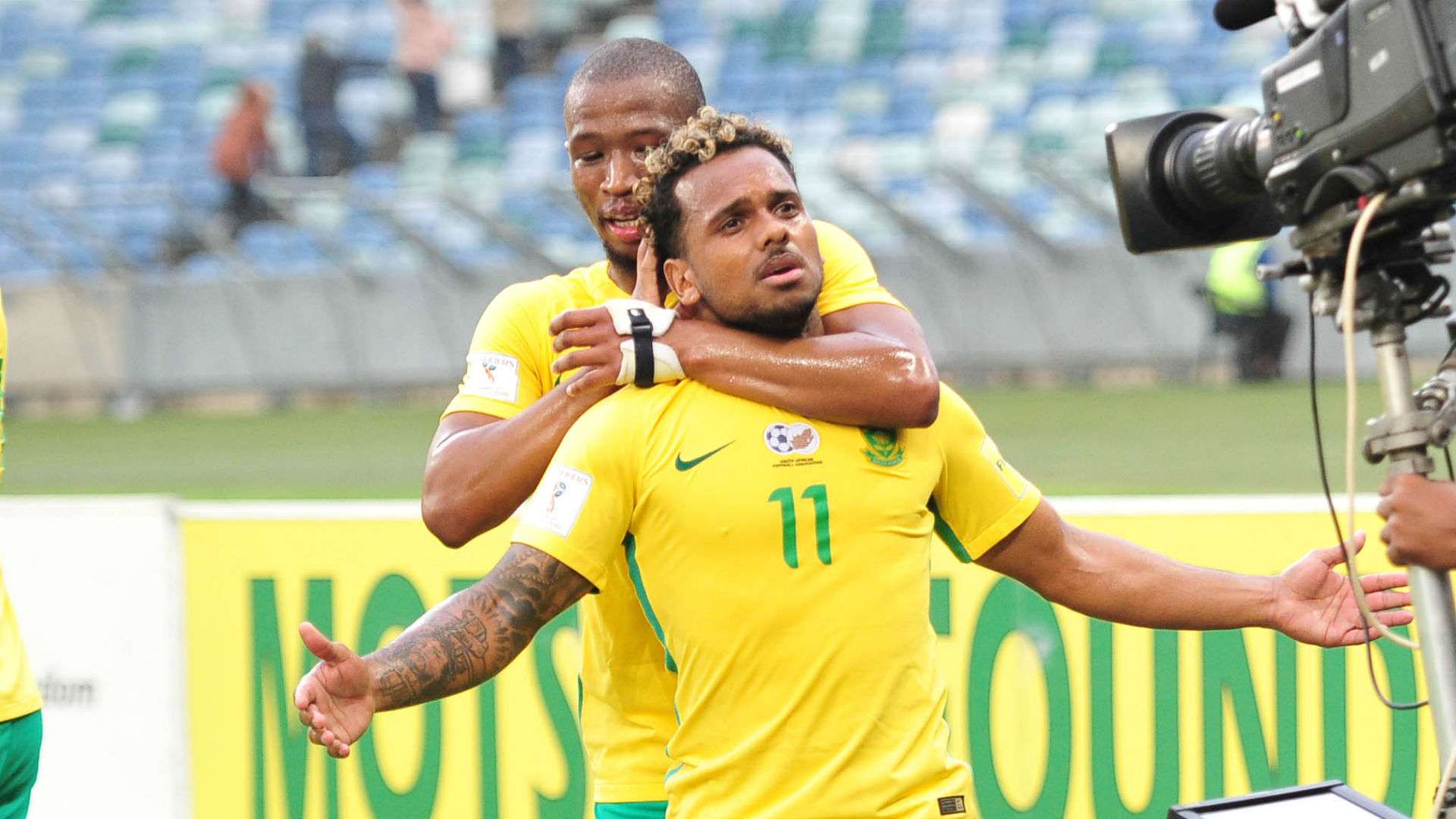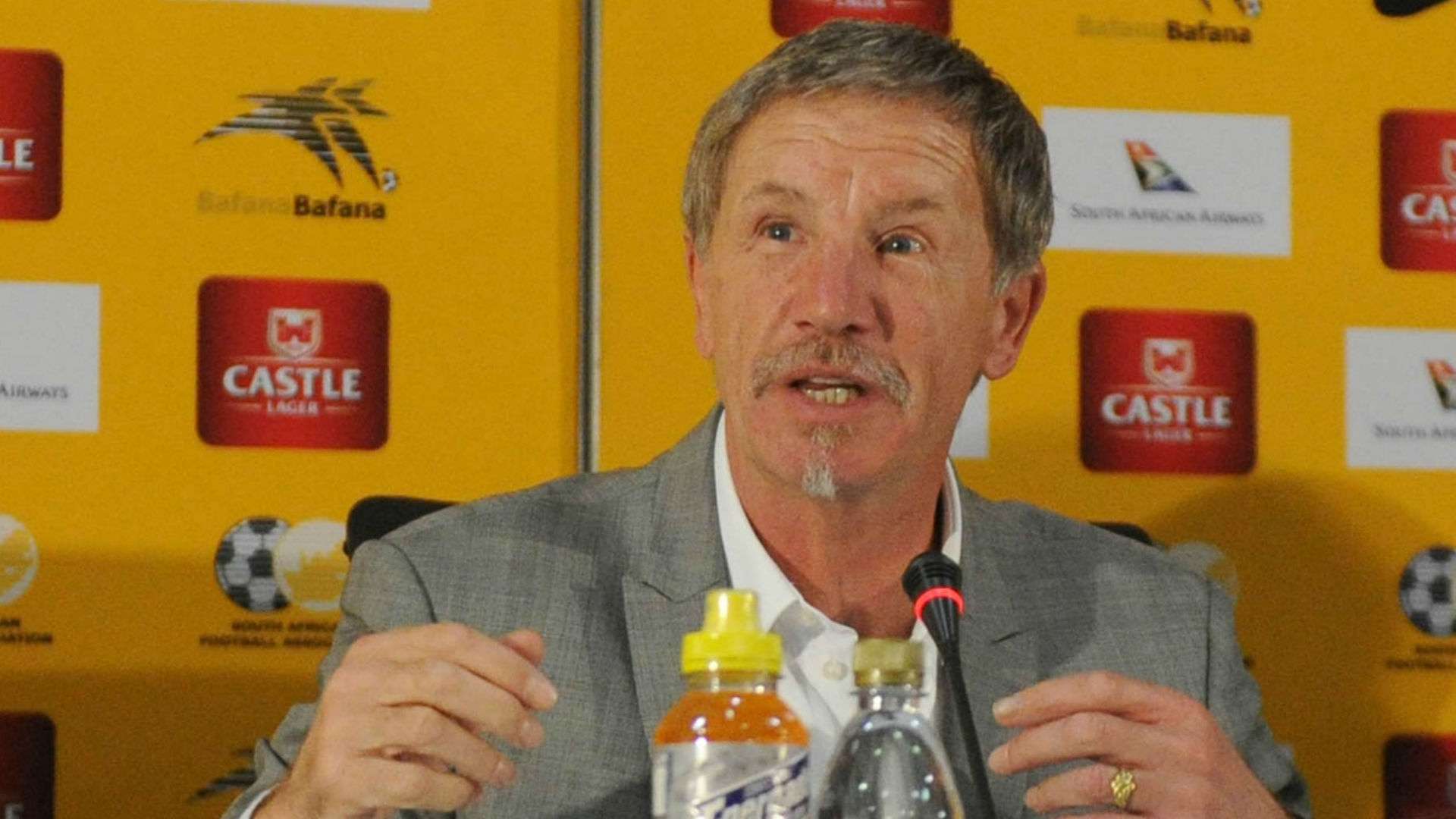It took the South African Football Association (Safa) over four months to find the right man for the Bafana Bafana job, but when Stuart Baxter was finally unveiled, the association regained the trust and confidence of the public.
Baxter is an experienced coach with a proven track-record, and everyone expects him to succeed in his second stint as head coach of senior national team.
His first stint wasn’t successful as Bafana failed to qualify for the 2006 Fifa World Cup in Germany, but the 63-year-old is wiser now and understands South African players better having worked in the country since 2012 – although he left for a few months to pursue his coaching career in Turkey.
Goal breaks down a few things Baxter needs to change in order for Bafana to be a force on the continent again.
SELECTION CRITERIA
The criterion used to select the players for Bafana matches has caused a stir over the years. Even Shakes Mashaba, who outlined the criteria he would use in his first few press conferences, wasn’t consistent enough and he found himself under scrutiny as soon as the country realised.
If Baxter is to win the hearts of the majority of South African football fans, he needs to take a different route to that of Mashaba by selecting his squads on merit and also give those who are on form a fair chance in his team.
As much as opinions will differ, a decent squad made up of deserving players will go a long way in convincing the nation that he’s indeed the right man to take Bafana to greater heights.
 Backpagepix
Backpagepix
It will also be important for him to monitor the progress of all eligible players in and outside the country – build a solid relationship with those players so that they get to understand his philosophy more – this means not selecting players based on the teams they play for even when they are out of form.
Unfortunately his predecessor, Mashaba, relied on information he would get on his desk about European-based players when selecting his squads, and that led to three players in Kamohelo Mokotjo, Kermit Erasmus and Dino Ndlovu unavailing themselves for Bafana call-ups.
That also didn’t sit well with his bosses at Safa, and it led to the ‘irreparable relationship’ which also contributed to his sacking in December 2016. Baxter should steer away from controversy.
THE MENTALITY
Mashaba made his players believe that they will find it hard to win their home games because of the pressure from the fans. But there’s pressure everywhere, and the players should be able to handle it at this level.
Baxter’s biggest task is to change this mentality, and ensure that the players enjoy playing in front of their own fans.
He turned the FNB Stadium into a fortress during his time with Kaizer Chiefs, and did the same with SuperSport United between 2016 and 2017 – going 19 games in all competitions without losing a match. Bafana can also achieve this.
 Backpagepix
Backpagepix
This was because the players believed in themselves more, and knew the importance of getting the results irrespective of where they were playing.
Winning home games is important in any competition, and Bafana were made to learn that the hard way when they couldn’t qualify for the 2017 Africa Cup of Nations.
Fortunate enough, Baxter understands this, and if there’s any manager who can turn this around, it is the former England U21 manager. He's the first manager to make Bafana players believe that they are good enough to beat the Super Eagles of Nigeria in 2004; the only victory the South Africans still boast about against the 2013 African champions.
THE PLAYING FORMATION
Baxter is renowned for his ability to play various formations in one match, based on what the opponents throw at his team, and if he chooses the right players, he will be able to execute that at Bafana.
The 4-4-2 formation is still one of the most effective playing systems in the world, but there are times when coaches need to improvise, especially when the results are not going their way.
The Briton introduced a three-centre-back formation with full-backs operating as wing-backs whilst at Chiefs, and it often worked for him because he had studied his opponents.

The 4-2-3-1 system also worked for him both at United and Chiefs, and that’s why these teams hardly lost matches under his tutelage. Even Steve Komphela, who worked closely with Baxter between 2004 and 2005, came in and adopted the same playing formation.
Baxter knows when to be defensive and also when to be offensive depending on the objectives on the day, and if he can apply all these playing systems, Bafana will not be as predictable as they were under Mashaba during the 2017 Afcon qualifying campaign.
But of course, Baxter needs to earn the respect of his players before they can be able to master these formations for Bafana to be back on top again.




.jpg?auto=webp&format=pjpg&width=640&quality=60)